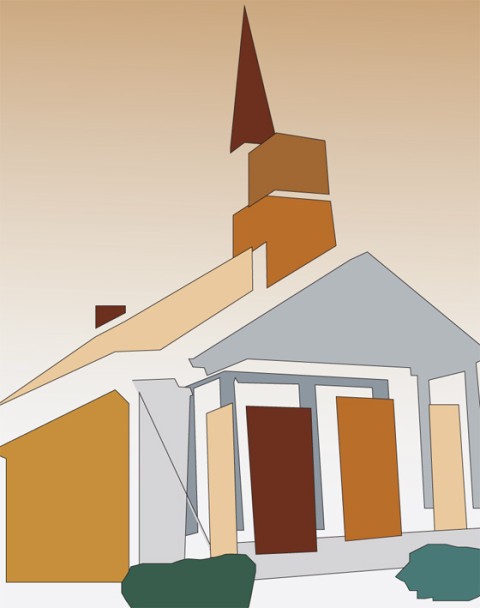Loose connections: What's happening to church membership?

Read the sidebar article, "Dismembership Plan."
When I went to church recently with a friend, we didn't attend her church because she doesn't have a church anymore. She was once a loyal member of a church but dropped her membership when she was disappointed by a change in leadership. Since then, she's attended various churches but never joined one. One might say she's church shopping, but the shopping has gone on so long that it's clear she has no intention of buying—of joining a church. She meets regularly with a small group for Bible study, and her children attend youth groups of various kinds, but she is not affiliated with a particular church.
My friend is not unusual. A set of 2010 Gallup polls revealed that while religious participation (at least self-reported participation) is on the rise, Americans are less likely to identify with a particular religious group. People do not belong to churches the way they once did, even when they show up for religious services.





